Here’s what it means when it says call rejected when calling someone:
If you are ever given a message that your call has been rejected, it means that either the person you called or the phone carrier refused to allow the call to connect directly.
Most of the time, you get no such message.
Instead, rejected calls are when someone chooses to block a call or a phone number altogether.
So if you want to learn all about what call rejected means when calling someone, then this article is for you.
Let’s get started!
Phone Call Says Out of Area: Meaning? (How to Prevent?)
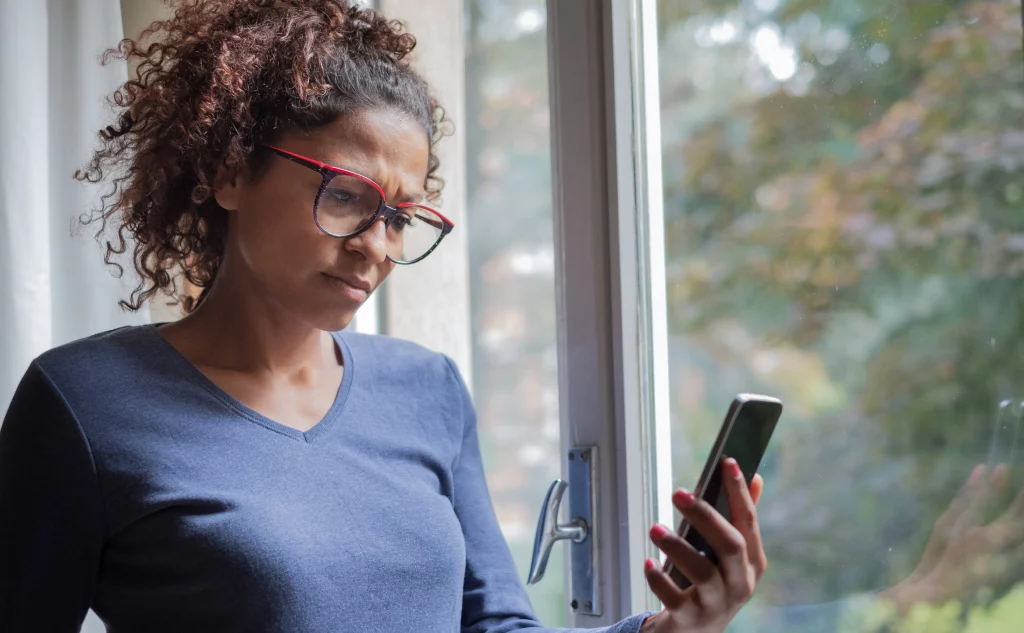
What Does It Mean When It Says Call Rejected When Calling Someone?

There are two schools of thought on this, and they both have merit.
The first school of thought is that any call that doesn’t connect to another line is rejected.
If you call and it goes straight to voicemail, regardless of why that’s a rejected call.
That’s an easy, broad definition, and we can work with that.
The other school of thought is that a call is rejected when a person or bit of automation deliberately prevents you from connecting.
If someone rejects an individual call or blocks a number, or if an answering service does either of those things, that counts as a rejected call.
An easy difference is if you call someone when their phone is off.
The first definition would call this a rejected call; the second definition would not.
We’ll be going back and forth with both of these ideas as we delve deeper into the topic of rejected calls.
How Do Calls Get Rejected? (7 Ways)
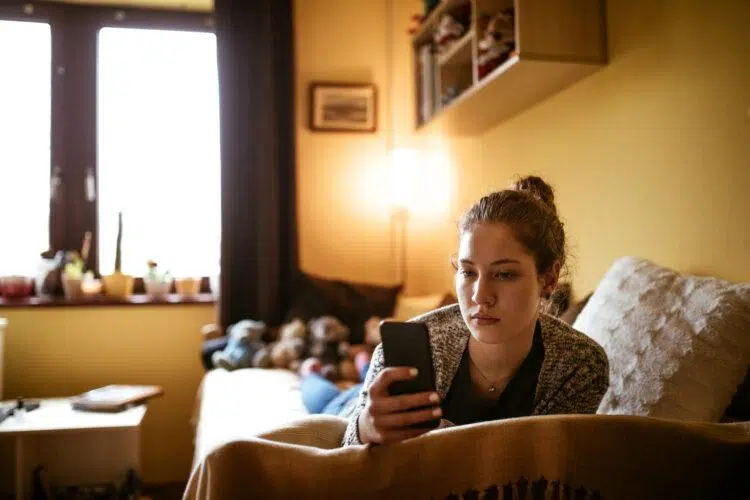
Now that you know what it means for a call to be rejected, we can get into the mechanics a little bit.
How do phones or phone companies reject calls?
There are a ton of ways for this to all play out.
When you know a few of them, the entire process makes more sense.
It will help you understand why you couldn’t get through to someone, and it can help you plan around any issues when you do need to reach someone.
#1 At the Receiver

When you call someone, they can typically choose whether to accept or reject the call.
This is done on a per-case basis.
So, even if you call from the same number to the same person, they might accept the call one time and reject the call another time.
It’s entirely at their discretion.
If the call is rejected, what happens next depends on the settings.
Typically, the call will go to voicemail.
Settings can be such that the rejected call doesn’t get connected to voicemail either, and the line simply goes dead.
#2 By the Phone Number

You can also set things up to automatically reject specific numbers.
This is known as “blacklisting,” and all modern smartphones can do it.
When you see a number you don’t like, you can choose to block that number entirely.
When this happens, calls from that number are rejected without any input from the receiver.
Once again, the voicemail settings can vary.
The default usually allows rejected calls to leave a message, but you can prevent this from happening.
When the call does connect to voicemail, automated settings usually group rejected voicemails differently from other voicemails.
#3 By the Carrier
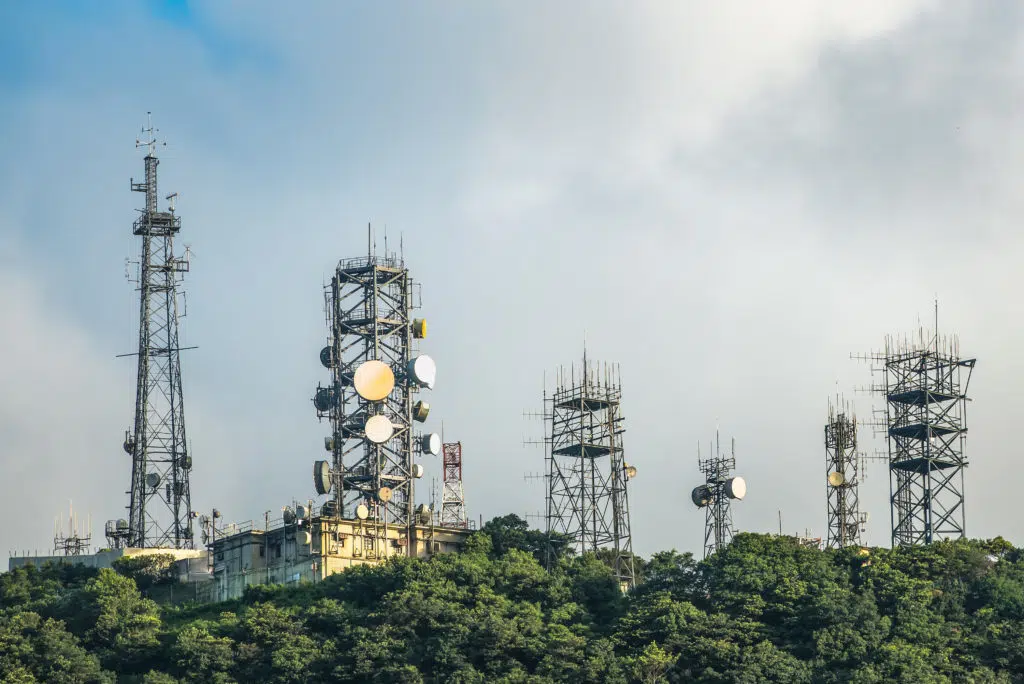
The carrier can designate calls for specific purposes, and if a number is used outside of those purposes, it might result in an automatically rejected call.
Here’s an easy example.
A carrier can mark a phone number for outbound calls only.
If that’s the case, if you try to call that number, it will reject your call.
This isn’t happening at the user level.
The carrier network is rejecting the call.
Despite that, you might get the same message or indicators that the call was rejected unless you know why it might remain a mystery to you that you called a number that is not coded to receive incoming traffic.
#4 Service Problems

The carrier can also unintentionally reject phone calls.
This can happen in a ton of different ways.
If the carrier network experiences an error, it might fail to connect you to the number you dialed.
In some instances, you might get a call rejected signal, even though that’s not quite what happened.
Other service problems can unintentionally invoke automatic call rejection or other problems that would look similar from a user perspective.
If you ever think your calls are being rejected because of a service problem, contact your carrier to be sure.
#5 Programs

There are apps and computer programs that can handle call answering and direction.
This is very common for business lines.
When you call, you are put through an automated directory that routes your call.
You may have to press some buttons or use voice commands to navigate the system.
In theory, you will eventually be connected with who or what you need to complete the call.
These same systems can be set up to block numbers automatically.
This works the same way as number blocking on a smartphone, but a different device is managing the system.
Ultimately, if your number is blacklisted, your call will be rejected by default.
#6 Inactive Numbers
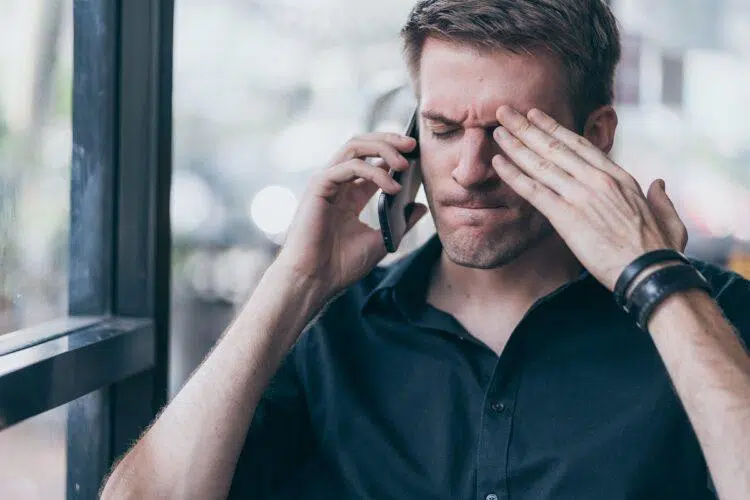
Carriers can mark certain numbers as inactive.
Typically, if an outgoing call isn’t made from a number in a span of 9 to 12 months, carriers will move them to the inactive category.
An inactive phone number cannot be reached while it maintains that status.
This effect is similar to when a carrier designates a number for outbound calling only.
If you dial an inactive number, the carrier is not providing connection service to that number, so the call will never connect.
In some cases, you might get a message saying that the number is inactive.
In others, you might be informed that the call was rejected.
#7 Phone Is Off
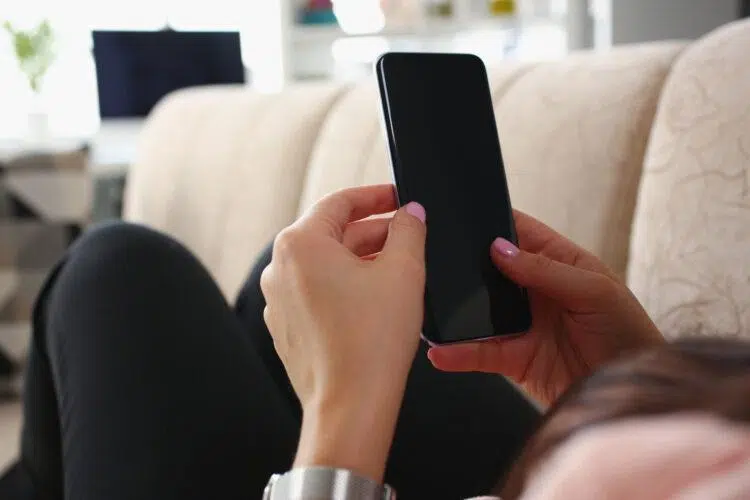
This is less common, but it is possible.
If a phone is off, you will typically be sent straight to voicemail.
We’ve all experienced this, and it’s perfectly normal.
It’s possible for this to go down a little differently.
Depending on settings and the type of phone account, you can dial the number for a phone that is off.
Since nothing is there to answer you, the call is rejected.
This is most common when the number is not associated with a voicemail service (which is different from having a voicemail account that is full or hasn’t been set up yet).
For the most part, calls get rejected by landlines that don’t have a powered phone attached to them.
How Can You Tell If Your Call Is Rejected? (3 Things)

With all of this talk of rejected calls, there’s a question looming over the whole thing.
How do you even know that your call was rejected?
The truth is that you normally can’t be completely sure.
You can generalize and say that any call that doesn’t connect is rejected, but even that leaves a lot of room for interpretation.
Beyond that, even if you know that your call was explicitly rejected, you still don’t know how or why.
It could be from the person you called using individual discretion.
It could be a phone company error.
It could be any of the other things listed above, and you’ll never know.
All of that said, there are a few things you can think about that will help you infer what is happening.
#1 It Says So

This is far less common, but it does happen.
There are essentially two ways that you can receive a message letting you know that your call has been rejected.
The first is on the screen of your smartphone.
It can give you a “call rejected” message or something equivalent.
The other is with a voice message when you dial the number.
It would be along the lines of “the number you have dialed cannot be reached.”
It is possible for people to set up a message saying that your call was rejected.
This is uncommon because most people don’t want callers to know that the call has been rejected.
So, instead of giving a clear message, most rejected calls get sent to voicemail or disconnected.
#2 How Quickly a Call Goes to Voicemail

So, this is your reality check.
If it goes to voicemail in two rings or less, it’s a lot more likely that your call has been rejected.
In fact, you can safely say that through one mechanism or another, the call was rejected.
Let’s get a little deeper into this.
If you call someone and their phone is off, the carrier can never connect you.
Typically, you’ll go straight to voicemail.
In a manner of thinking, your call has been rejected simply because it couldn’t be completed.
If you call someone and they hit the “reject” button, you’ll be sent to voicemail.
This doesn’t mean you have been blacklisted. It could be that they just aren’t free to talk on the phone at that minute.
So, regardless of what causes the call to be rejected, voicemail timing lets you know a lot.
For the most part, if the phone rings more than twice, it means that you were connected to the other line.
If they never answer, that’s a whole different thing.
#3 Systems Ask You to Identify

Another way to tell if your call is rejected is when you go through an automated answering service, and it asks you to identify yourself.
This works a lot like calling collect (if you can remember what that is like).
The answering service will likely ask for your name (or the name of your business).
After that, if you don’t get a ringing phone, your call was rejected.
Again, this isn’t necessarily malicious, but you know the line got to the answering service.
The fact that it didn’t go from there means the service chose not to connect you the last little bit.
One way or another, that’s a call rejection.
Phone Call Says Out of Area: Meaning? (How to Prevent?)

